Report: Business Model, SWOT, and PEST Analysis for Nano-Leaf
VerifiedAdded on 2022/08/17
|5
|452
|20
Report
AI Summary
This report provides a business analysis of Nano-Leaf, a company specializing in modular lighting solutions. The analysis covers the business model, including the target audience (architects, builders, interior decorators, and institutional buyers), and the importance of establishing processes for custom designs. The report also includes a SWOT analysis, highlighting the company's strengths (eco-friendly products), weaknesses (new business), opportunities (Asian Pacific market growth), and threats (competitors). Furthermore, a PEST analysis examines the political, economic, social, and technological factors influencing the company's operations. The report concludes by emphasizing Nano-Leaf's potential in the smart lighting market, its partnership with Apple, and its commitment to energy efficiency and sustainable manufacturing. References are provided for further research.
1 out of 5
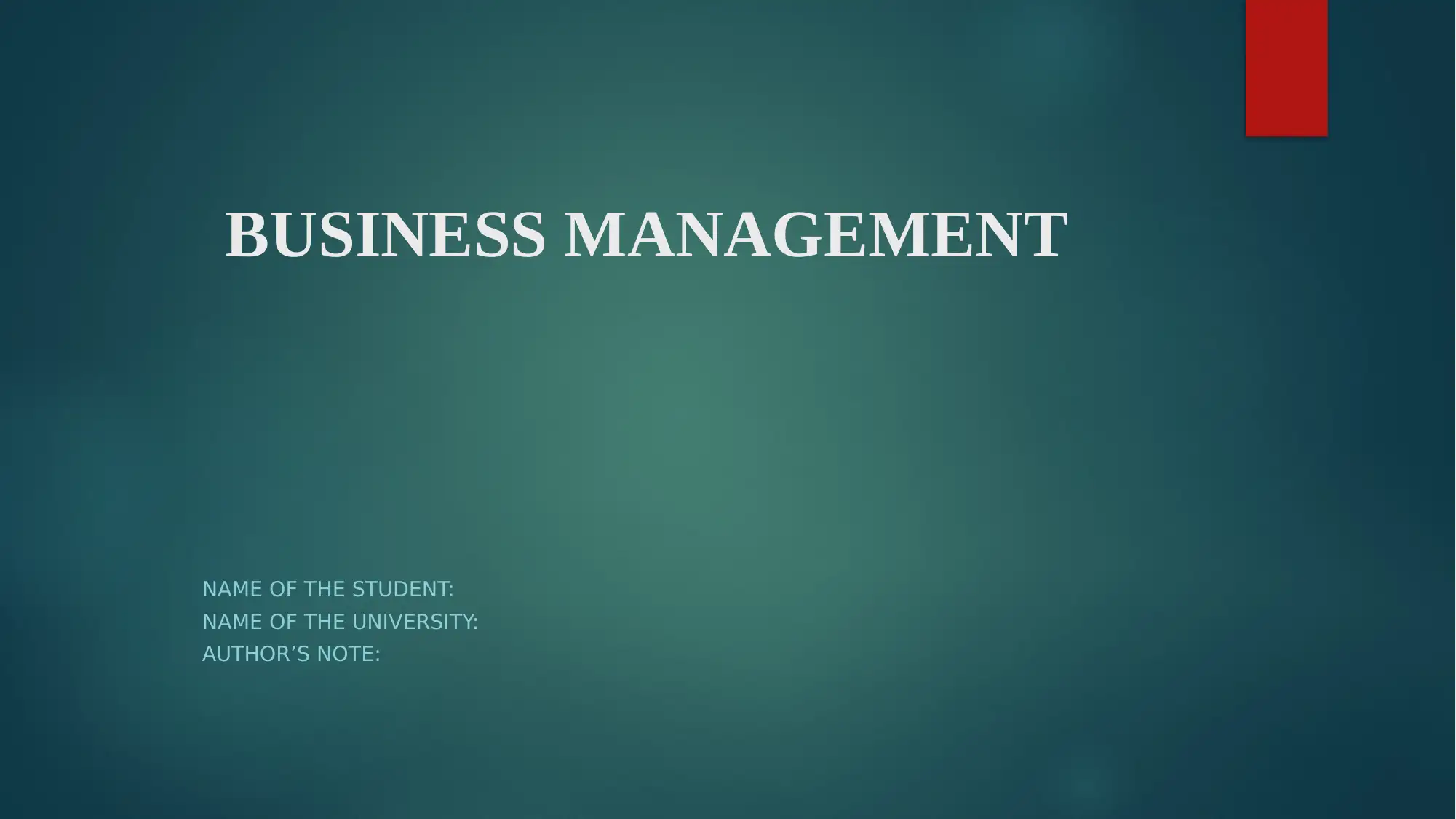
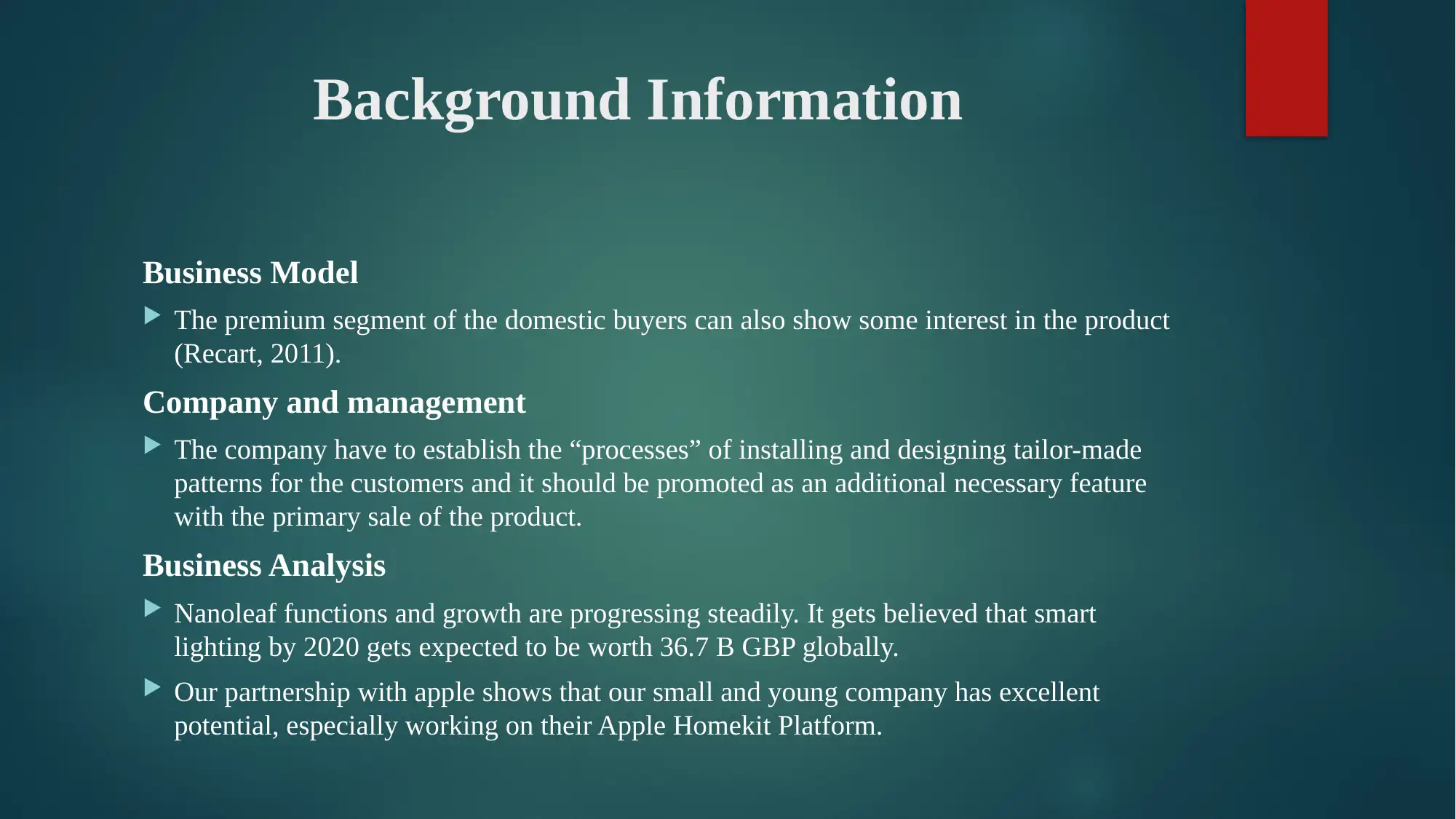
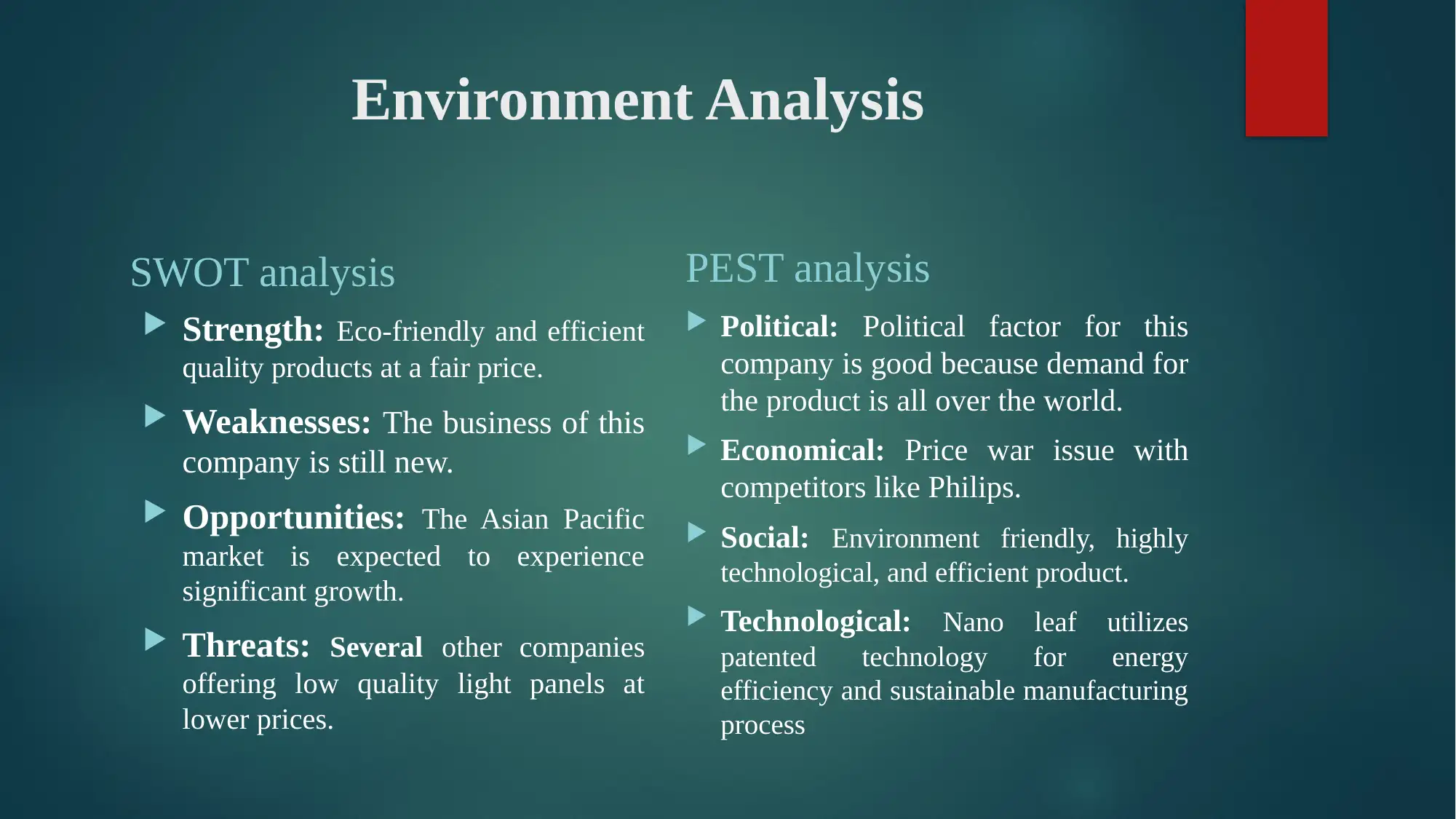

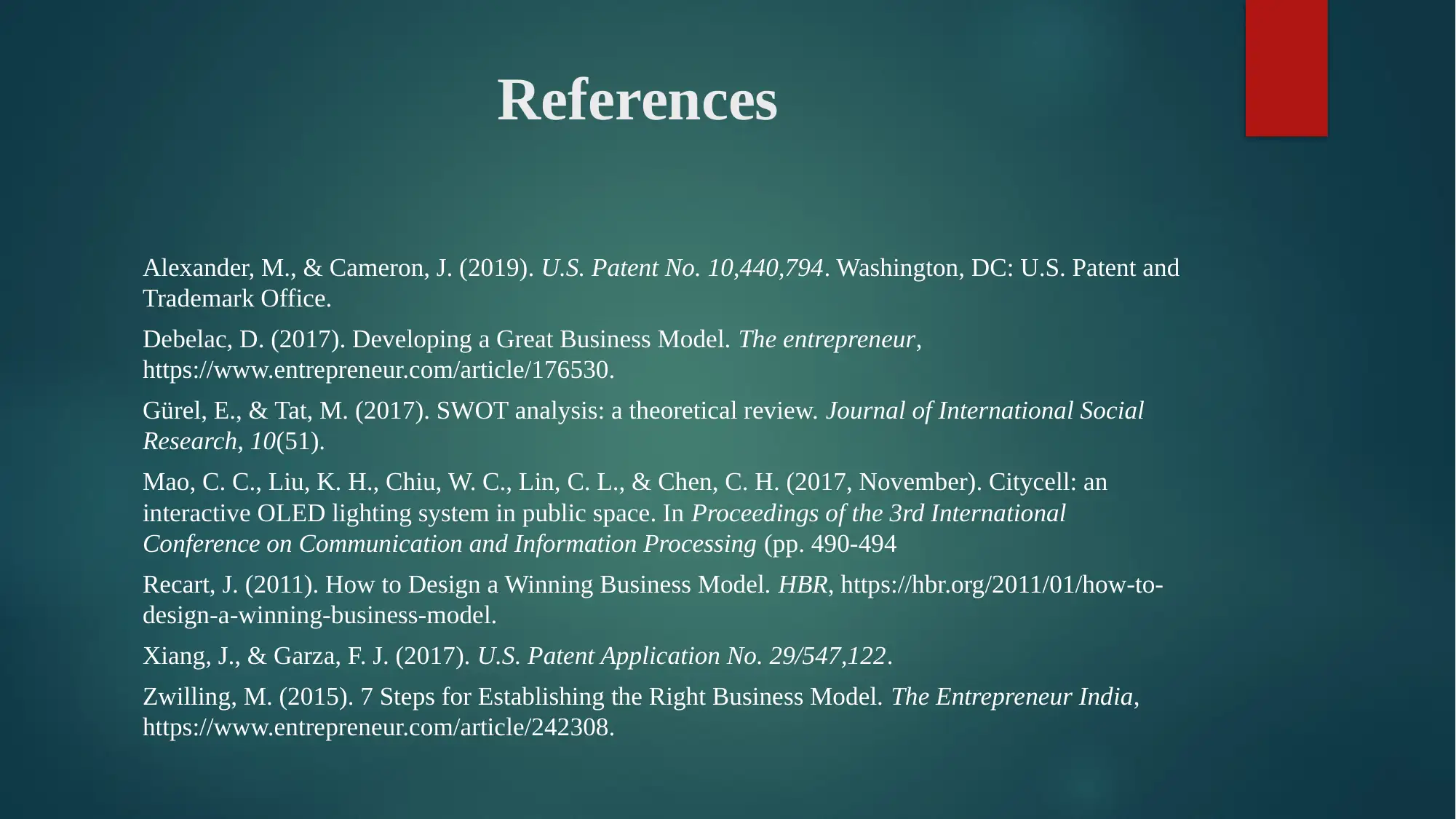
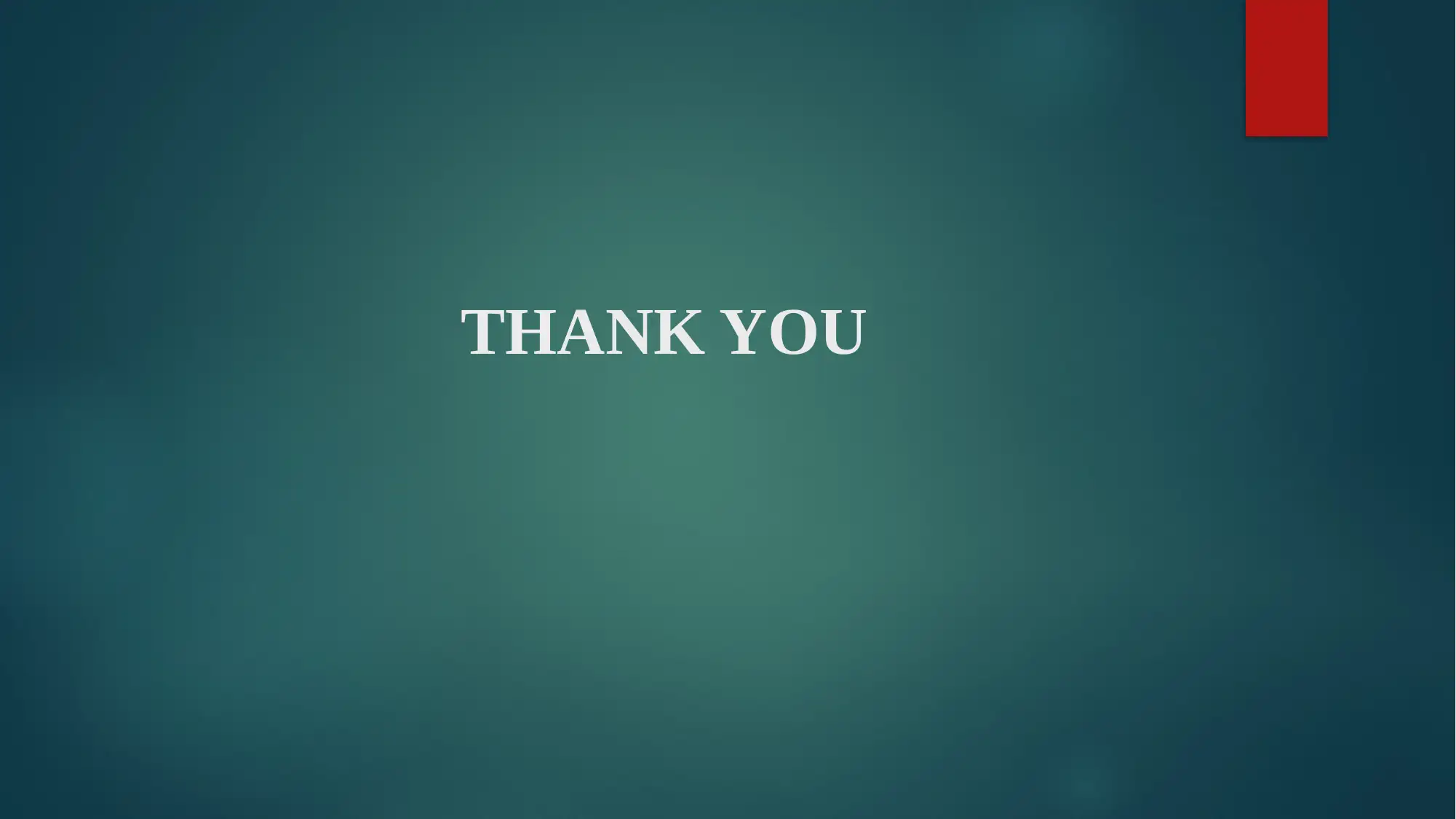






![[object Object]](/_next/static/media/star-bottom.7253800d.svg)